What if Conway’s Game of Life, a Tamigotchi, a Turing machine, a Game Boy, and a stack of ecology and philosophy books got mixed up in a transporter accident and then spawned… a new monome program? Well, it’d probably look like this.
norns, the boutique open music platform that grew out of monome, is already tricky to explain. Andreas Roman got nicely indoctrinated with his own unit and put it into words for us on CDM back in May. But whether or not you’re particularly interested in that platform I think isn’t what matters here. You have to just marvel at the phenomenon of whatever the heck is going on in arcologies.
A whole series of live streams introduced the project to initiated followers (all of them archived on YouTube):
Somehow, the Dark Mountain Project is involved – written in English and translated into Czech and Finnish (because what other languages would you start with?), that set of pamphlets chronicles “branches and roots” of philosophical musings on “Uncivilisation.” “The stories that come back to us are full of strange turns and chance encounters,” say the writers – “a book turns up in a pizza shop in a village in Iceland, a theatre director meets an old friend on a night train heading to the Arctic Circle, a philosopher points a choreographer towards the manifesto and it leads her to a whole practice of Uncivilised Dance.”
What that means for this grid instrument is that you seed musical materials, and they grow and evolve across the grid. The various modes of the “arcologies” control logic structures and sequences, play onboard synths (including some built in the open live code environment SuperCollider), or trigger outboard gear. You can “analyze and sculpt the emergent system.” And in the spirit of norns, everything can be saved and shared.
Jason Taylor shows how it all comes togeyher as a performance instrument:
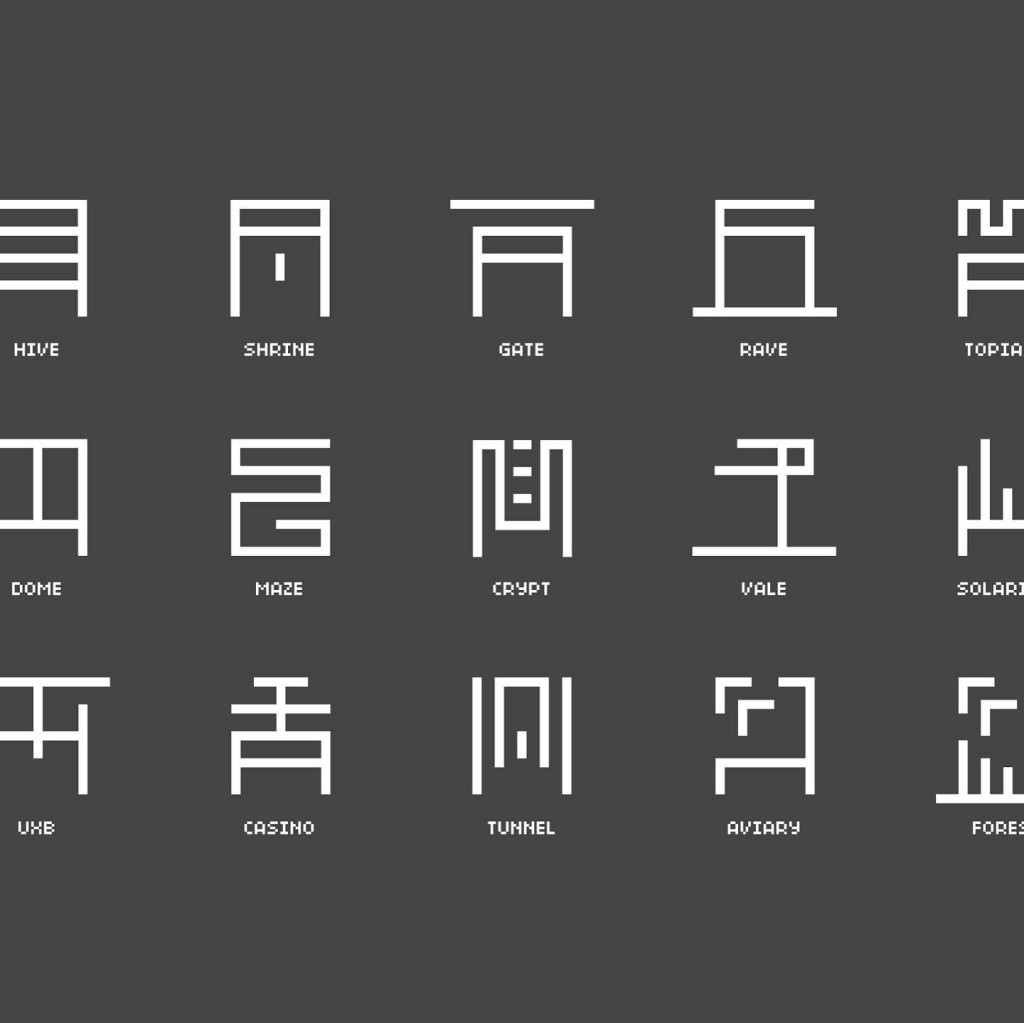
signals are like photons – a universal constant. signals move.
cells are stationary. cells either generate signals, process signals, or play signals.
all cells have one structure. the three fundamental structures are hives, shrines, & gates.
The cells themselves do quite a lot more than switch on and off a step. They each have their own behavior – playing sounds (internal and external) or modifying signals – and these can be modified or change over time.
There are different fixed Structures, which are each like individual interactive modules. These play notes on instruments, or trigger signals and routings, or generate patterns. There are built-in Turing Machine randomizers, Euclidean rhythm generators, scale mappings, MIDI utilities, logic operators, and each have attributes. The peculiar aspect of the architecture is that the modules change but the parameters stay the same – with unique names like “Crow Out” and “Metabolism,” and some more predictable ones like Velocity and Probability.
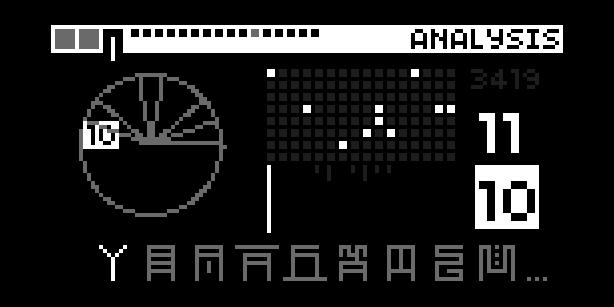
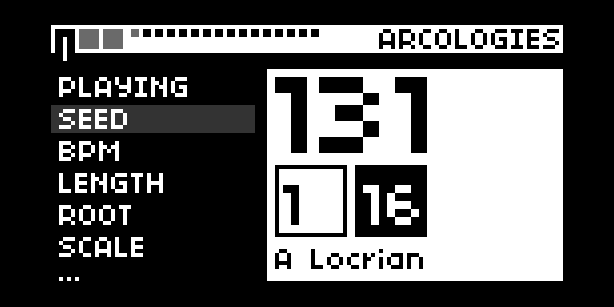
It really does seem like a step sequencer from some alien planet – not just looking different, but with the normal hierarchies of function blurred and lost.
It’s not all weirdness, either. You can see clear signal flow, set up conventional time signatures and polyrhythms, and easily map your own samples and scales. In fact, it’s quite a lot easier it seems to set up complex and randomized structures than in a lot of conventional sequencers – without losing a sense of structure and form.
And while I’m sure some people will find the weird documentation and absurd nomenclature off-putting, I think it’s the whole beauty of it. At least its creator Tyler Etters is actually trying to create his own world that’s consistent and clear, not obfuscated. So when things have odd names, it’s because they do have novel functions – and as with mapping a small number of parameters to all that variety of modules, in the end his odd fantasy universe is internally consistent.
Tyler made the software and design, but also painted watercolors. And it’s all open source and free and built in collaboration with the monome community – sorry, the “llllllll community.” Developers can also extend the concepts here.
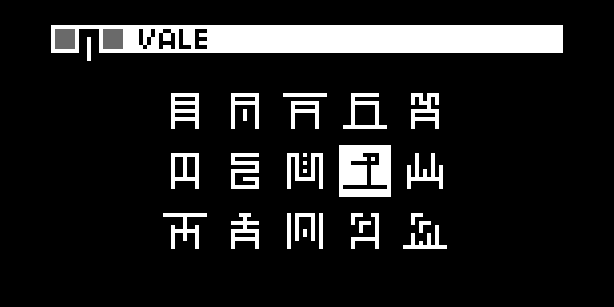
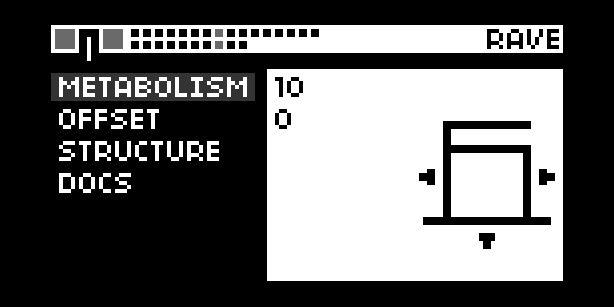
There are structures like “Hive,” “Shrine,” “Solarium,” and “Aviary.” To learn it, there are challenges like “Rainy Day” and “Tales from the Crypt” and “Casino Nights.” It’s sort of a fun dungeon crawler for music. And why not?
I love the phrases describing the Structures:
“A dangerously innocuous structure, the topiaries are endlessly groomed by the nuns and monks.”
“A holy site to the SuperCollider pantheon.”
“Either time or ghosts have rendered them all nameless.”
“At least it plays in key.”
The world is full of weird and hateful cults at the moment, so why not small bands of odd, loving, giving musicians making up new systems? It seems to fit the technology, which is open to any structure you like, anyway.
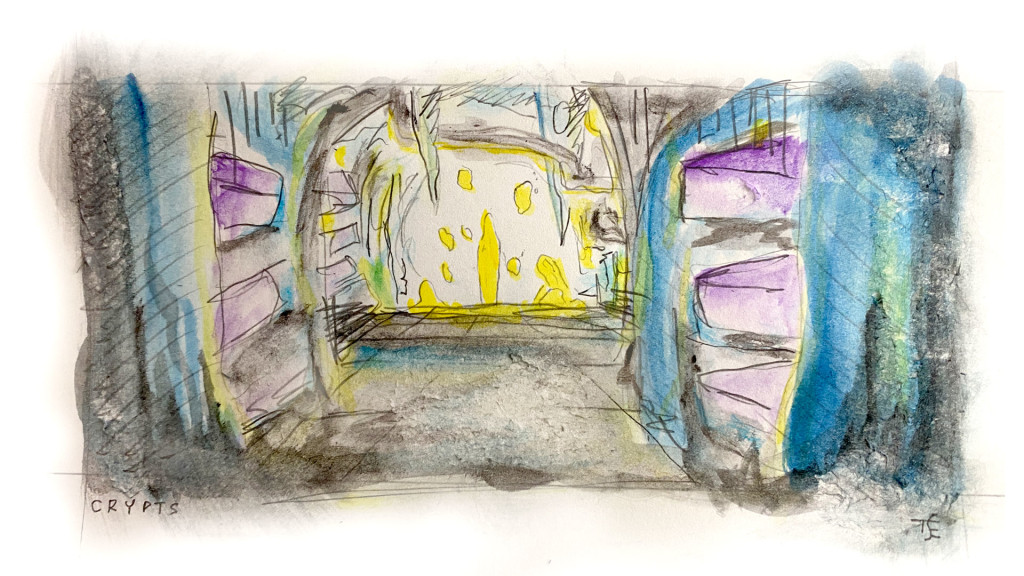
We live in strange times. It’s nice that some of the increasing strangeness is not only horrifying, but delightful.
Where to find more:
https://tyleretters.github.io/arcologies-docs/
A community-contributed sample pack / downloadable content is growing as the “crypts” (cleverly using GitHub to allow contributions):
https://github.com/tyleretters/crypts
Discussion:
https://l.llllllll.co/arcologies
The code base is quite simple – like the rest of norns, it runs in Lua, so there are a small number of very-readable scripts:
https://github.com/tyleretters/arcologies/
And there’s a developer manual, too:
Previously: